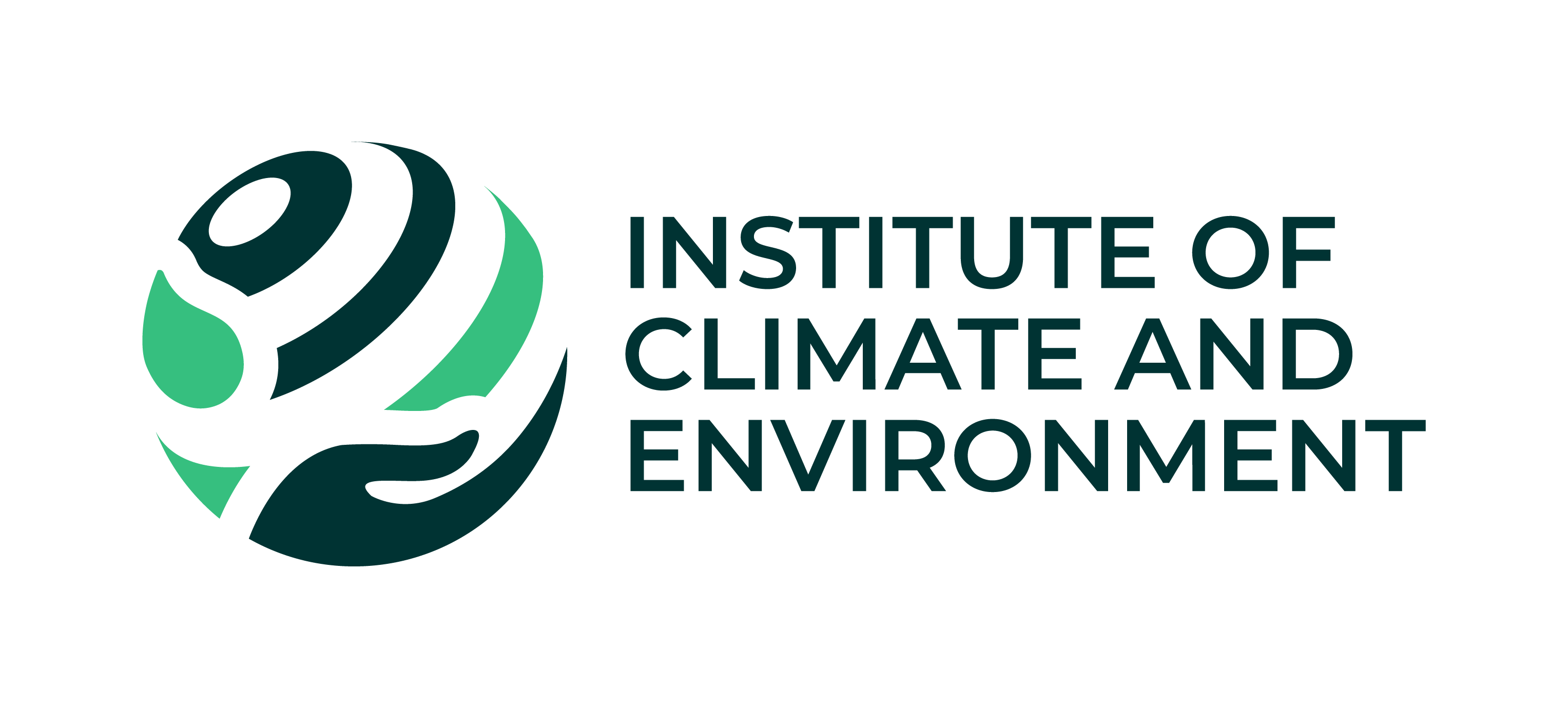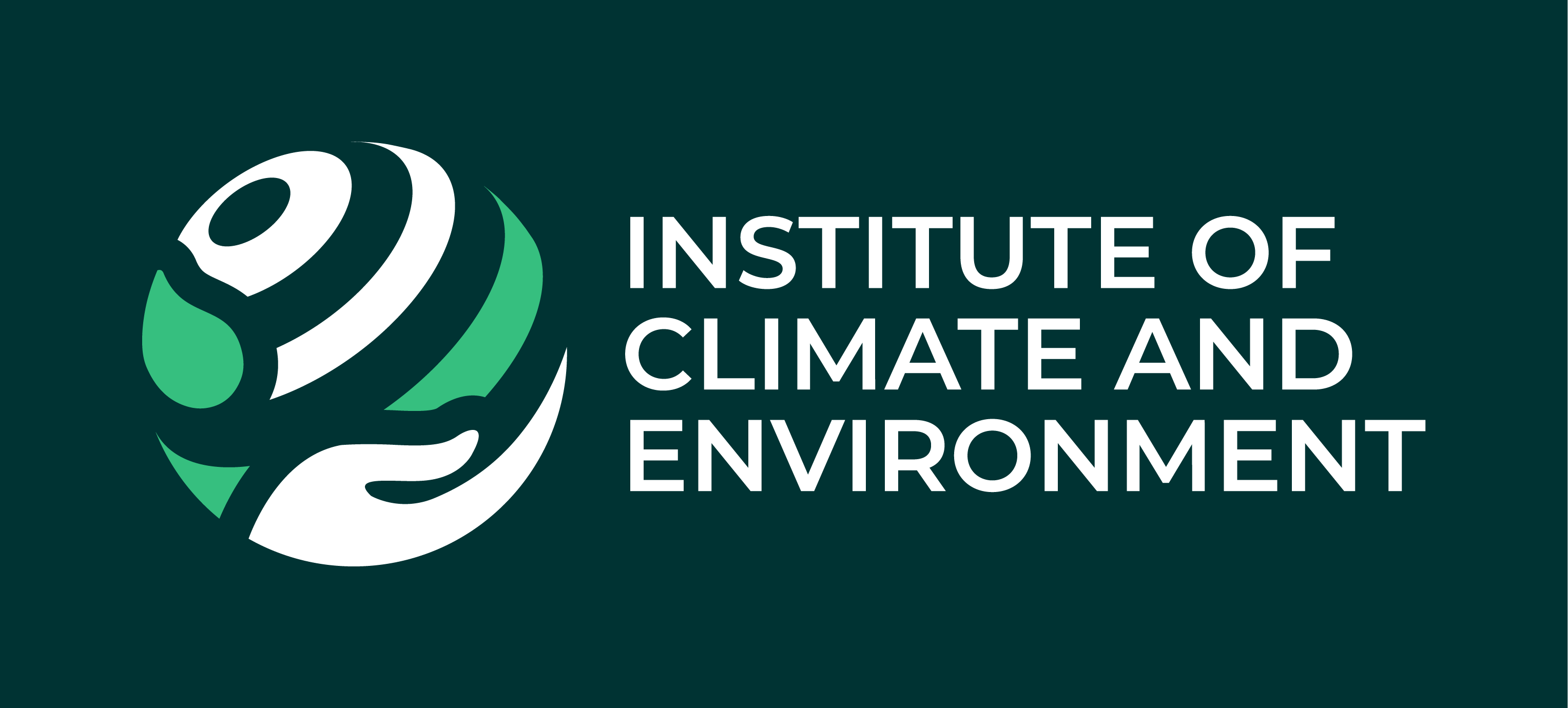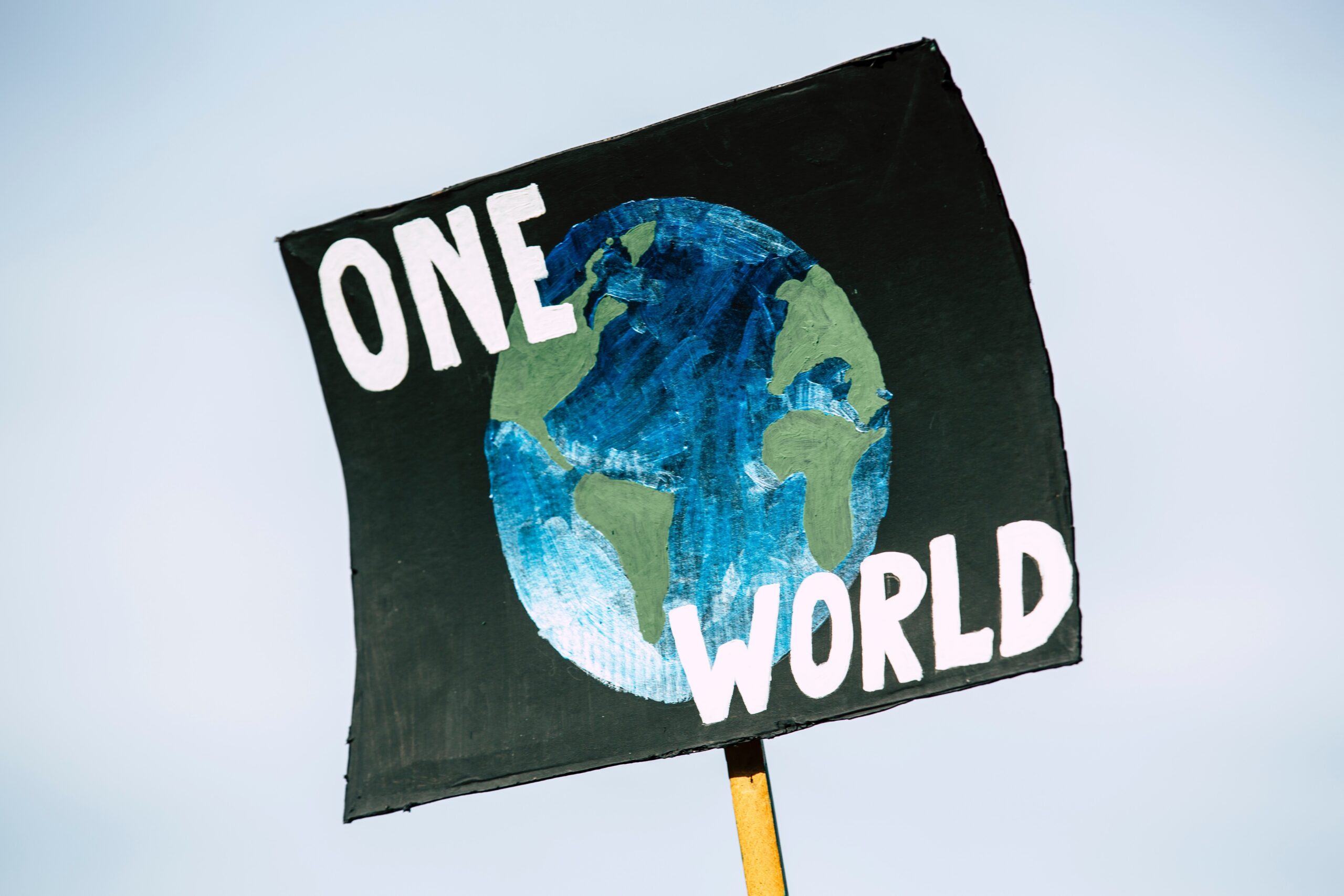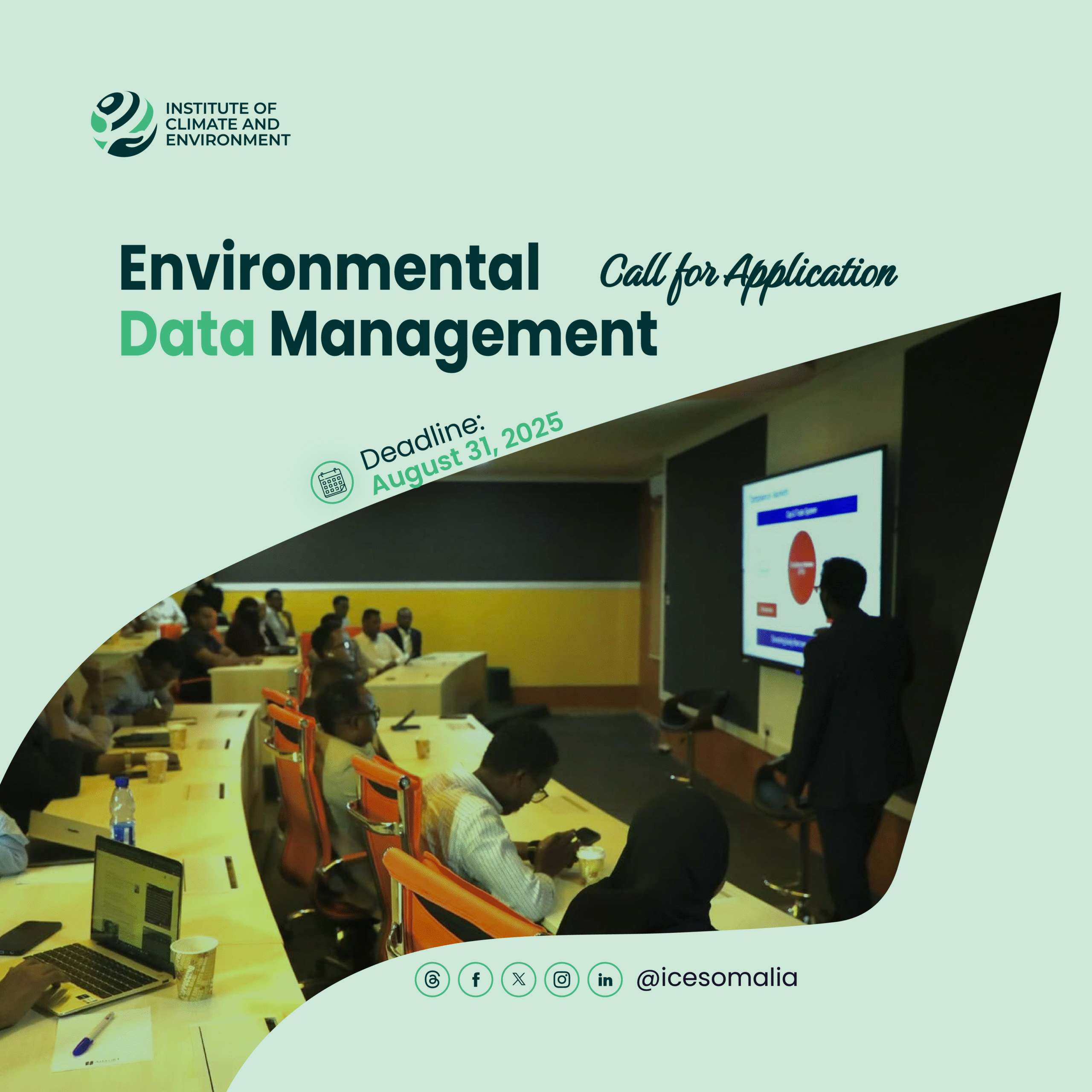
How Somalia is Adapting to the Climate Crisis?
Somalia, grappling with a climate change crisis, faces a critical emergency in its environmental and socio-economic landscape. As a country highly vulnerable to the impacts of climate variability, it is increasingly experiencing severe and frequent droughts and floods, exacerbating its fragile state. These climatic challenges pose a significant threat not only to the environment but also to the livelihoods, stability, and security of its people. In response, Somalia is actively adapting to these climate crises through various measures. These efforts are for adapting to the negative impacts of climate change and for ensuring a sustainable and resilient future for the nation.
Key Environmental Provisions in Somalia’s Constitution
Somalia’s Constitution contains provisions concerning the management of environmental affairs, serving as crucial legal instruments guiding the country’s approach to environmental issues. These sections, notably Articles 25, 45 (focused on “Environment”), 43 (addressing “Land”), and 44 (about “Natural Resources”), outline fundamental guidelines and principles for the governance and preservation of Somalia’s environmental resources. They outline principles guiding responsible land use, the protection of biodiversity, and the sustainable utilization of Somalia’s rich natural wealth. These constitutional articles form the backbone of the nation’s framework for environmental conservation and sustainable resource management.
Climate Governance
In addressing the climate crisis, Somalia has taken a significant step with the establishment of the Ministry of Environment and Climate Change (MOECC) in August 2022. As the primary body to safeguard, conserve, and restore Somalia’s environment, it aligns with the broader goal of sustainable development. The MOECC stands at the forefront of Somalia’s efforts in adapting to the climate crisis, guiding the nation towards environmental resilience and sustainability. And, to implement Government environmental policy.
Somalia’s Strategic Framework for Climate Adaptation: National Policies and Plans
Somalia’s strategic framework for climate adaptation encompasses a comprehensive suite of policies and plans aimed at combating the multifaceted challenges posed by climate change. From nationally determined commitments under international agreements to meticulously crafted domestic policies, Somalia has forged a roadmap designed to adapt to the climate crisis.
1. Nationally Determined Contribution (NDC): This is a key component of Somalia’s commitment to the Paris Agreement. The NDC outlines the country’s plans to reduce greenhouse gas emissions and adapt to the impacts of climate change. It includes specific targets, measures, and strategies that Somalia intends to implement to contribute to global climate action efforts. This involves investment in renewable energy, improving land use practices, and enhancing resilience to climate impacts.
2. National Environmental Policy: The National Environmental Policy (NEP) of Somalia focuses on improving its citizens’ health and quality of life by guiding the management of the environment and natural resources. It streamlines administrative regulations and policies for better consistency and efficiency. The NEP emphasizes the importance of environmental assessment tools like Environmental Impact Assessments (EIA) and Strategic Environmental Assessments to ensure sustainable development. This approach is acknowledged by global organizations like the World Bank and UNDP as a critical step towards effective environmental management in Somalia.
3. National Climate Change Policy: The National Climate Change Policy of Somalia outlines a climate governance framework, identifying key institutions and establishing committees at both national and subnational levels. Its vision is to create a prosperous, climate-resilient economy through effective climate change adaptation and mitigation strategies. The policy aims to harmonize responses to climate challenges, provide a framework for interventions, and enhance resilience and adaptive capacity to climate variability. Key focus areas include agriculture, livestock, water, marine resources, forestry, biodiversity, infrastructure, and urban settlements, with a strong emphasis on building resilience against extreme weather events as part of Somalia’s disaster management strategy.
International Adaptation Commitments
Somalia’s engagement in international agreements signifies its dedication to collaborative and coordinated action on a global scale to combat the multifaceted challenges posed by climate change and environmental degradation.
1. Paris Agreement under the UN Framework Convention on Climate Change (UNFCCC): Somalia is committed to reducing greenhouse gas emissions and adapting to climate change impacts through its involvement in the Paris Agreement. These efforts align with Somalia’s strategies for climate resilience and sustainable development.
2. United Nations Convention to Combat Desertification: Somalia’s engagement in this convention involves implementing land restoration initiatives, promoting sustainable land management practices, and combating land degradation to enhance resilience against desertification’s impacts.
3. United Nations Framework Convention on Climate Change: Within this convention, Somalia focuses on practical measures such as developing adaptation strategies, enhancing disaster risk reduction, and collaborating on initiatives to address climate-related challenges affecting the country’s various sectors.
4. United Nations Convention on Biological Diversity: Somalia’s commitment to this convention involves practical actions such as preserving ecosystems, conserving biodiversity, and sustainable use of biological resources while adapting to the changing climate.
5. Nagoya Protocol to the UNFCCC: Somalia’s adherence to the Nagoya Protocol includes practical approaches for the fair and equitable sharing of benefits from genetic resources, ensuring sustainable use, and conservation of genetic resources in the face of climate change impacts.
Other Interventions Stakeholders
Somalia’s adaptation to climate change is significantly carried by the active involvement of various stakeholders, each playing an important role in addressing this climate crisis. The rise of youth activism in Somalia in response to the climate crisis has marked the emergence of young people as significant agents of change. Disproportionately affected by the impacts of climate change, young Somalis are increasingly aware of the urgent need for action. They are actively involved in environmental education and awareness, the development and implementation of community-based adaptation projects such as tree planting campaigns, and advocacy against plastic pollution. Their role extends to influencing policy through various platforms, including social media, community groups, and non-governmental organizations. Key among other stakeholders are educational and research institutions like the Institute of Climate and Environment (ICE Institute) at SIMAD University, which spearheads crucial research, policy development, and advocacy. Similar institutions are instrumental in understanding climate impacts and crafting tailored adaptation strategies for Somalia.







